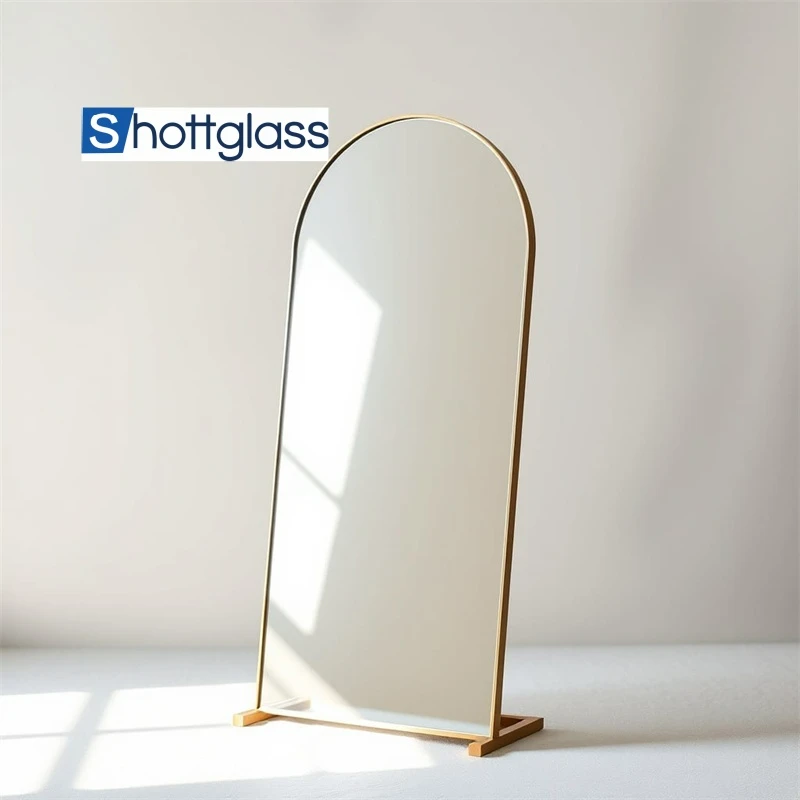Oct . 07, 2024 03:01 Back to list
tinted glass
The Aesthetic and Functional Appeal of Tinted Glass
In the realm of modern architecture and design, tinted glass has emerged as a prominent feature that serves both aesthetic and functional purposes. Its unique properties not only enhance the visual appeal of buildings but also provide practical benefits that address various needs, such as energy efficiency, privacy, and glare reduction. This article explores the significance of tinted glass, its applications, and the various types available in today’s market.
Understanding Tinted Glass
Tinted glass is made by adding metallic oxides or colorants during the manufacturing process, resulting in glass that has a colored or shaded appearance. The primary purpose of tinting is to reduce the amount of sunlight and ultraviolet (UV) rays that enter a space. This modification can help control indoor temperatures and protect furnishings from fading due to prolonged sun exposure. Furthermore, the different shades available allow architects and designers a significant degree of creative freedom in enhancing the overall look of a building.
Aesthetic Benefits
One of the most appealing aspects of tinted glass is its aesthetic versatility. Tinted panels can be found in various colors, including shades of gray, bronze, blue, and green, allowing for tailored designs that suit a building's purpose and surroundings. This range of options means that architects can create striking facades that stand out while seamlessly blending into the environment. For instance, a commercial building in a bustling urban area may benefit from a sleek, reflective blue tint that complements the cityscape, while a residential property in a rural setting might utilize warm bronze tones that harmonize with nature.
Moreover, tinted glass plays a pivotal role in achieving a desired ambiance within interior spaces. Different tints can influence the quality of light that filters through, creating environments that feel cozy and inviting or bright and energizing, depending on the design intent.
Functional Advantages
Beyond aesthetics, tinted glass offers numerous functional advantages. One of its primary benefits is energy efficiency. By reducing the amount of heat entering a building, tinted glass can significantly lower the reliance on air conditioning systems, particularly in hot climates. This reduction in energy usage not only translates into lower utility bills but also contributes to a building's sustainability efforts by decreasing its carbon footprint.
In addition, tinted glass showcases excellent UV filtration properties, protecting occupants and interiors from harmful rays. This protection helps maintain the integrity of fabrics, artwork, and furniture by minimizing fading and degradation. As a result, spaces adorned with tinted glass often require less frequent maintenance and replacement of items exposed to sunlight.
tinted glass

Privacy is another essential consideration, especially in urban settings where buildings are in close proximity to one another. Tinted glass creates a barrier that deters prying eyes without sacrificing natural light. This feature makes it particularly popular for office buildings, conference rooms, and residential properties situated in densely populated areas.
Types of Tinted Glass
Currently, there are several types of tinted glass available, each designed to meet specific needs and preferences. The most common categories include
1. Flat Tinted Glass This is the traditional option where the glass is uniformly tinted throughout. It is often used for windows, doors, and partitions.
2. Reflective Glass Reflective tinted glass provides a high degree of glare reduction, making it ideal for commercial buildings that experience significant sunlight.
3. Coated Tinted Glass This type features a thin coating that enhances its energy efficiency and UV protection simultaneously.
4. Laminated Tinted Glass Combining two or more layers of glass with a tinted interlayer, this option provides added structural strength and improved sound insulation.
Conclusion
Tinted glass has established itself as a vital component in contemporary architecture, marrying functionality with aesthetic appeal. As technology continues to advance, the variety and quality of tinted glass products are likely to improve, offering even greater benefits in energy efficiency, privacy, and design versatility. Whether used in commercial structures or residential homes, tinted glass remains a stylish and practical choice that enhances both the visual aesthetic and environmental performance of buildings, proving that design and functionality can indeed coexist harmoniously.
-
The Science of Laminated Glass
NewsAug.29,2025
-
Reflective Glass Facades: Modern Aesthetics and Energy Efficiency
NewsAug.29,2025
-
Mirror Glass: Transforming Commercial Spaces
NewsAug.29,2025
-
Insulated Glass: Energy & Cost Benefits
NewsAug.29,2025
-
Frosted Glass Walls: Modern Partition Solutions
NewsAug.29,2025
-
Blue Coated Glass: Features and Benefits
NewsAug.29,2025
Related PRODUCTS














